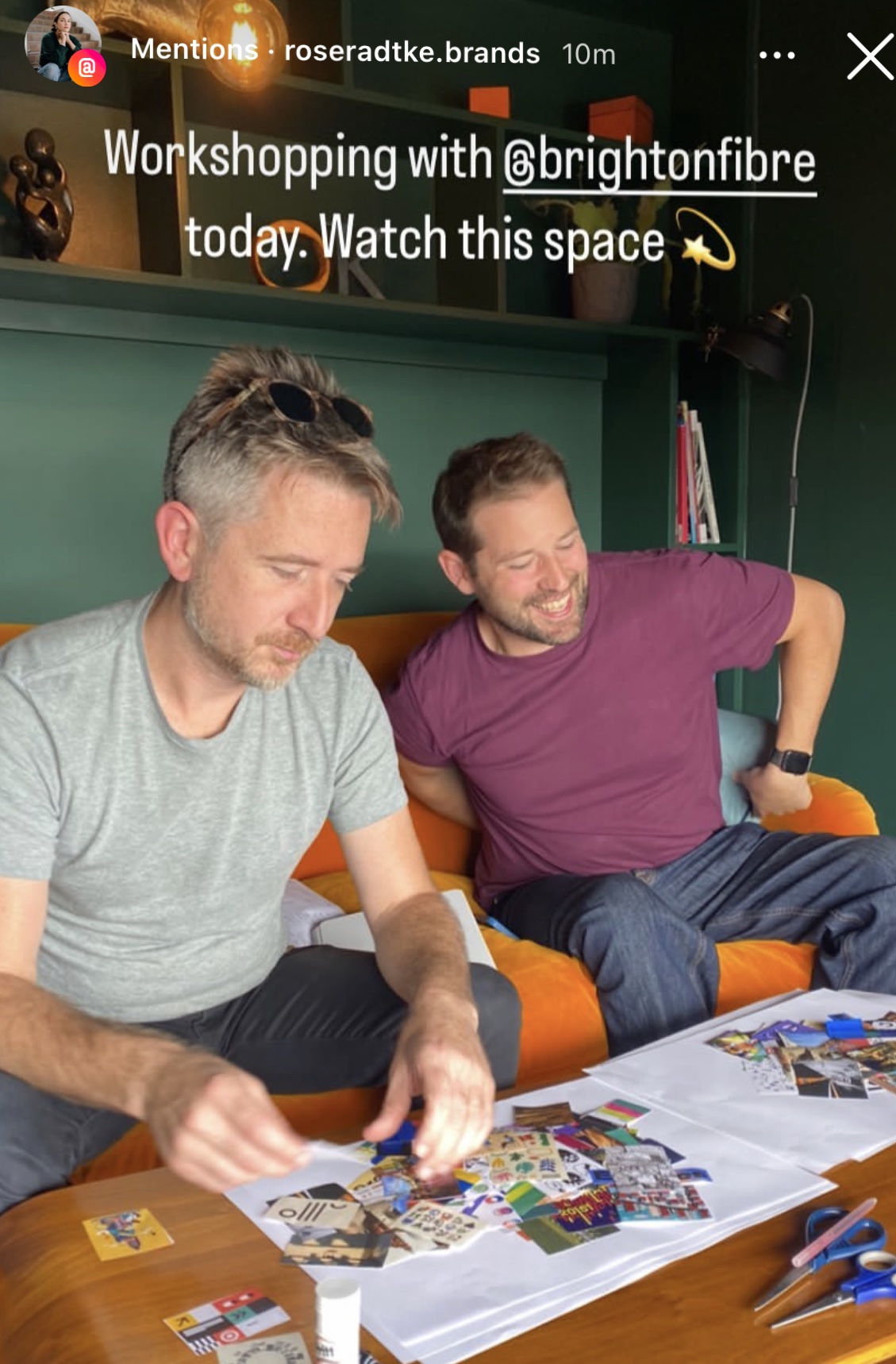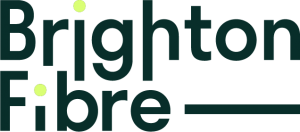Brighton Fibre
I created Brighton Fibre at the beginning of the COVID-19 epidemic to help alleviate the downward pressure on connectivity in the City as a response to the mass transition to working from home and working via telecon as the new normal. I wanted to create a low-profile network with infinite capacity and unbreakable reliability, using entirely clean energy.
The only way to do this was to create an entirely new passive optical network by laying new cable within the City. While there was already some fibre in Brighton we were the first true fibre operator to begin connecting homes and businesses in the City.
Going Under
The first thing I had to do was undergo training to work safely underground and learn about how best to connect properties in the City. I completed most of my underground training by Jan 2021, around 9 months after the first lockdown. This taught me the basics of gas detection, cable installation, rodding and roping, etc. Once safety was out of the way most of the rest would be learned ‘on the job’.
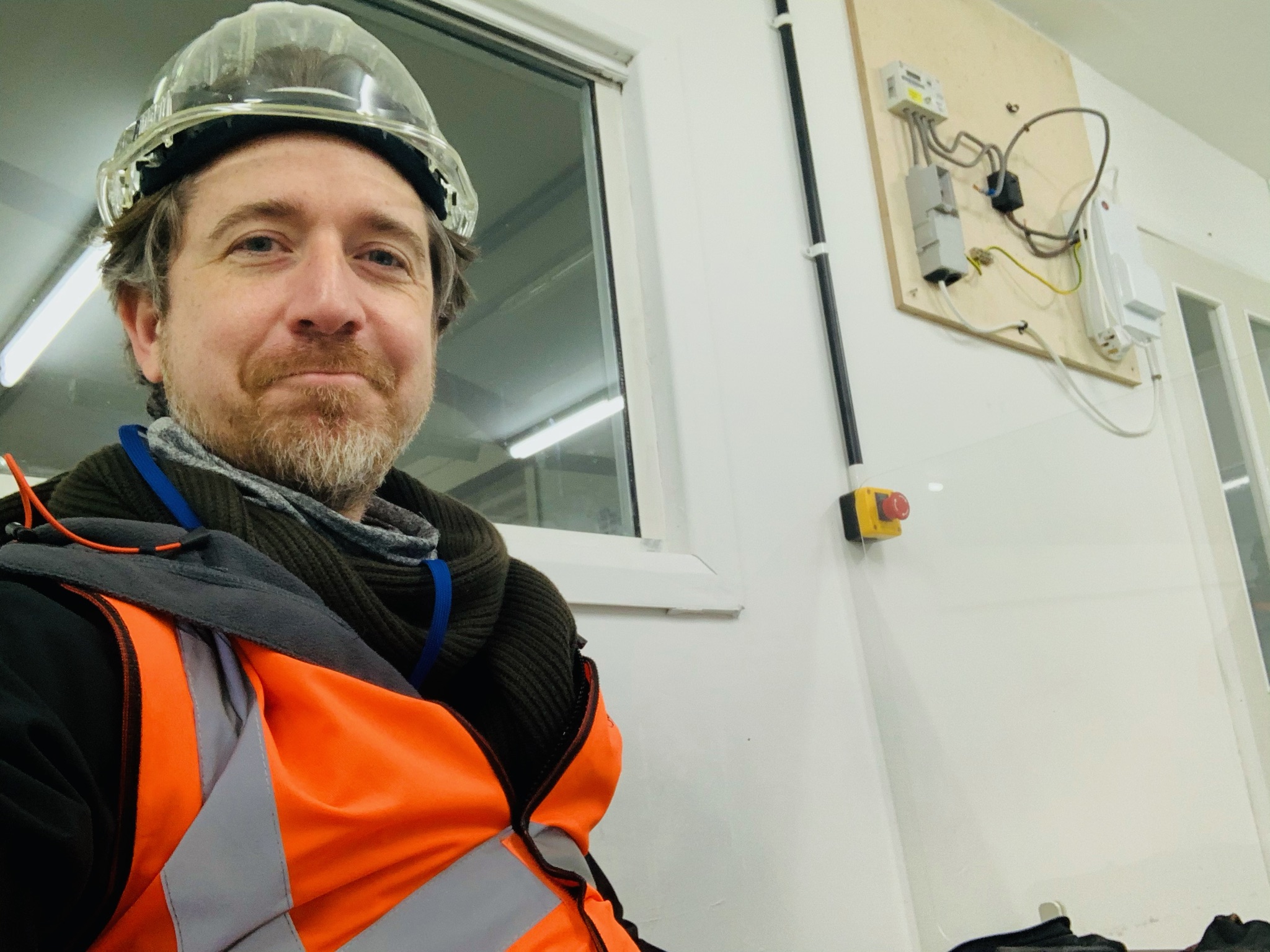
Managing Traffic
Since I would be in the road regularly laying cable, the other important qualifications I would need were around traffic management. I took sister company Global Reach through the process of obtaining Code Powers which allowed us to book road space – but we would still need to comply legally with signing, lighting and guarding while working in the carriageway.
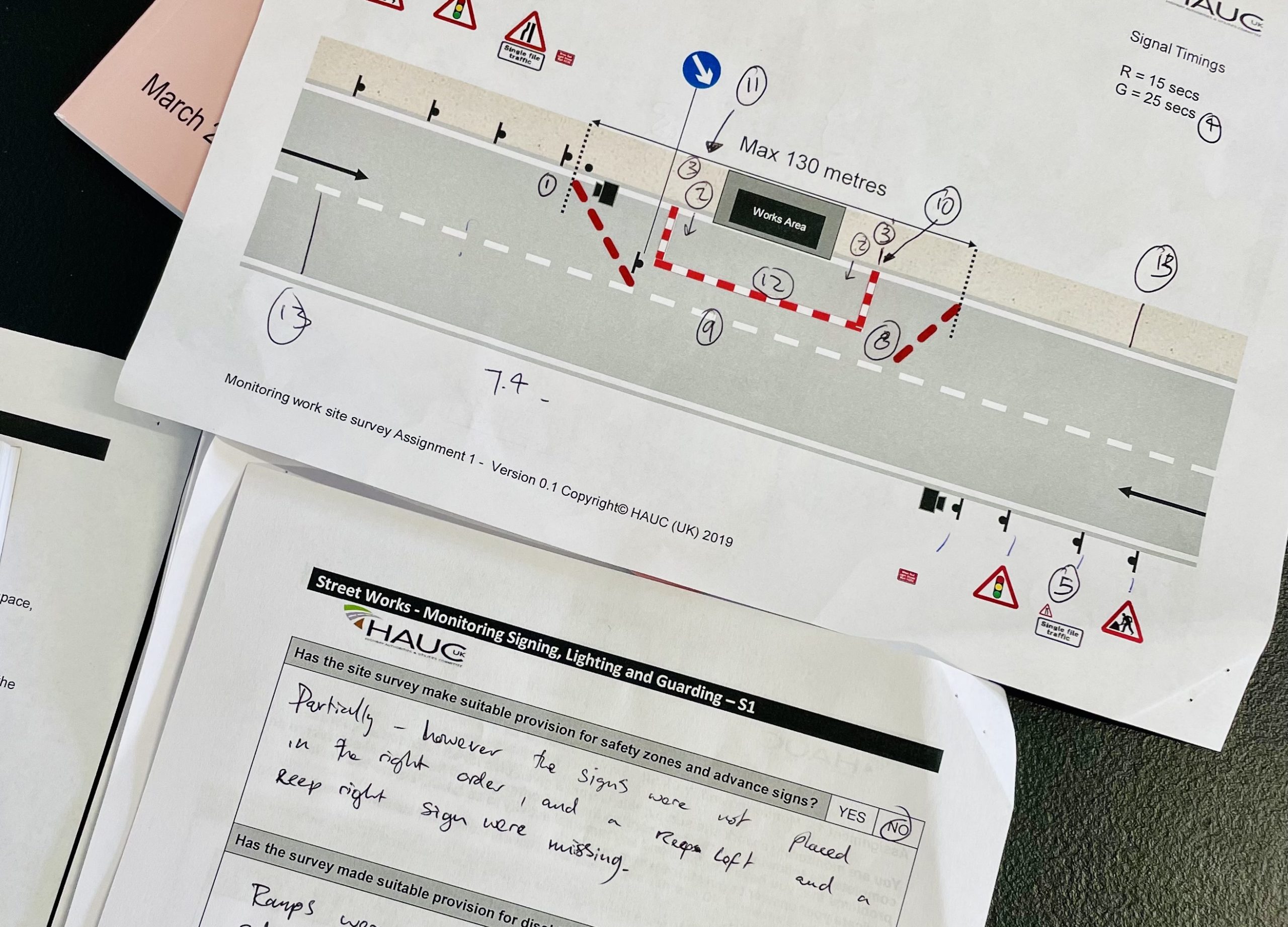
Tooling Up
Having never spliced a single fibre before, I had to get familiar with the hardware. I got in touch with Fujikura, who kindly supplied me a reconditioned fusion splicer – one of the most crucial tools of the trade. Today it’s the old spare splicer in the back of the cupboard, but just 2 years ago it was a futuristic experience.
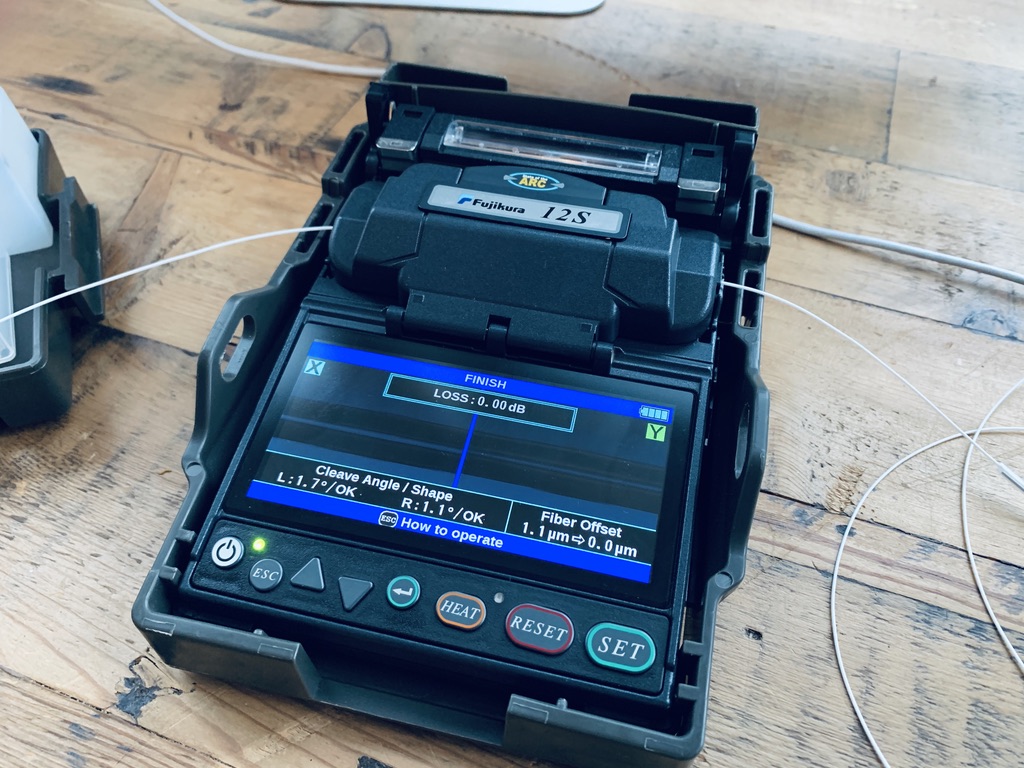
Exchanging Ideas
In order to cover more of the City more quickly, I decided to ‘pop’ the local BT Exchanges. This effectively means renting space inside a BT Telephone Exchange to build your own network and install equipment.
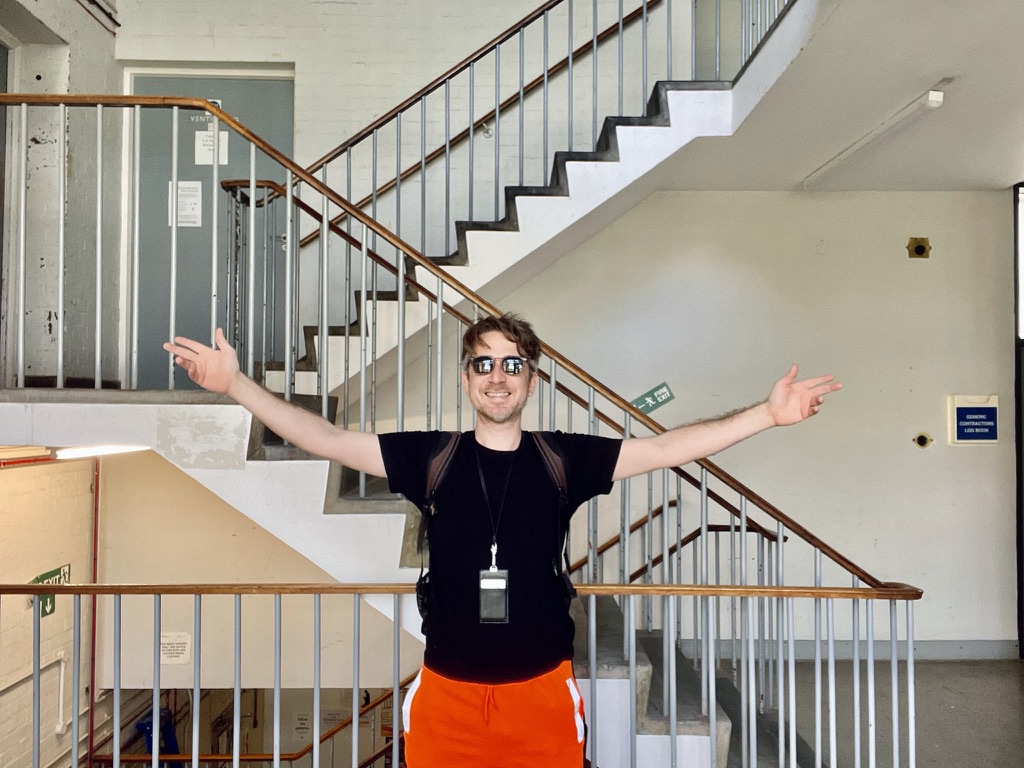
It felt great to be inside a BT Telephone Exchange for the first time. As a kid, I always looked in wonder at the exchange at the end of my road in Highbury, and wondered how I could get inside. I think I was 8 years old when I first realised the skips outside contained lots of old outdated telephone network hardware (they still do!). I used to pick out relays and build my own little networks.
Once in, you are hit by a musty smell that’s now so reminiscent bakelite, mahogany, and soldering. I plan to write up what it’s like to be in an old exchange some day but back to the Brighton Fibre story.
Labcabin
Before connecting customers to the network I needed to lab out the infrastructure that would support them. I started with a number of routers on the bench, to see how much data they could push and how quickly the network would self-heal when one of them failed. This is the only opportunity you really get to mess around with a network before customers are on board – so it’s important to take your time to really explore all the options.
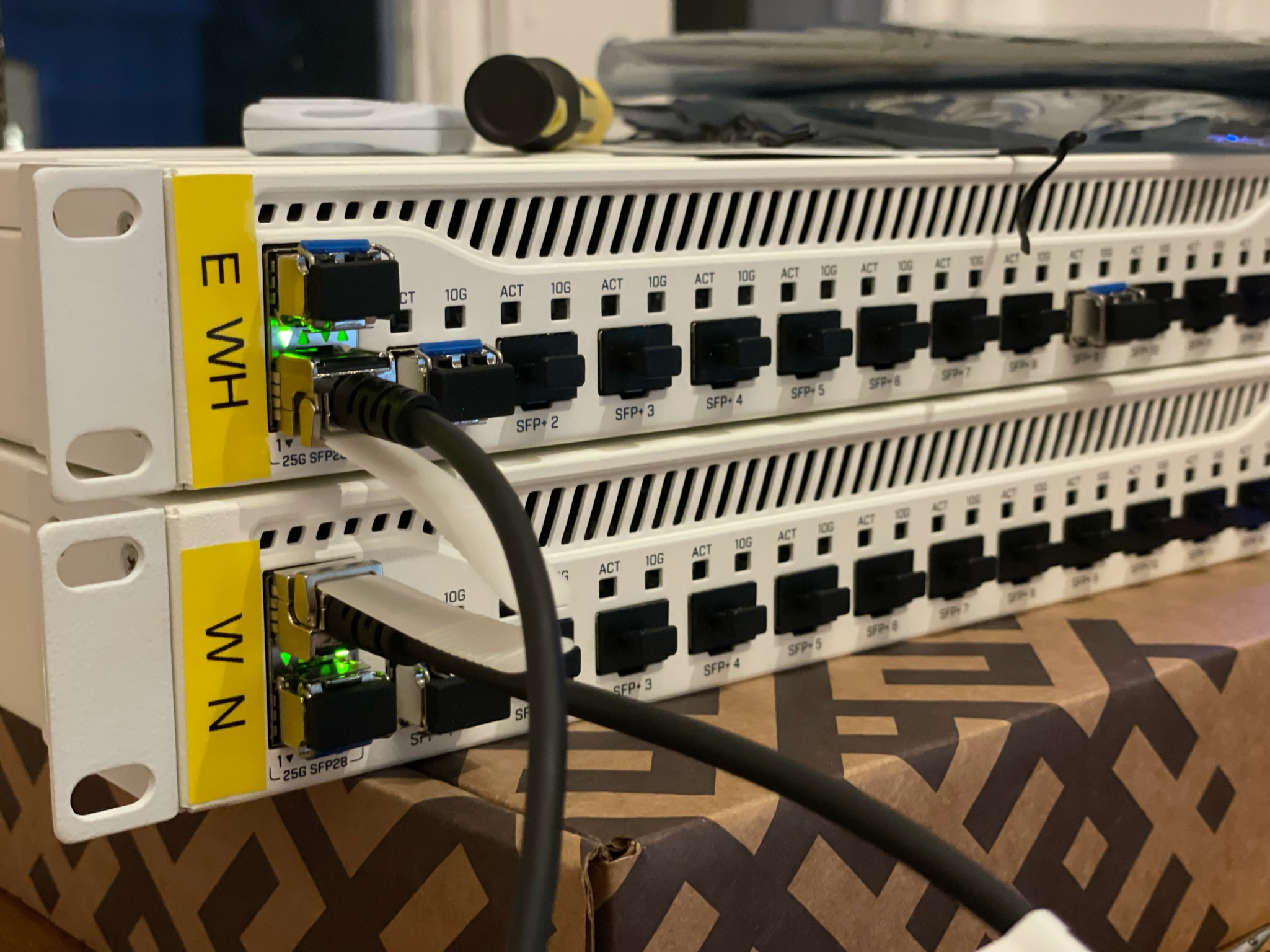
Making Connections
The next challenge once into an exchange is to bring in connectivity from other sites – to get traffic to/from the internet and to Docklands in London where most large networks coexist. A BT Telephone Exchange is a great place to ‘meet’ other networks and connect cables to eachother – a concept broadly known as multilateral peering, a mesh of interconnections between service provider and wholesale networks. What this means in practise is asking BT Openreach to deliver a cable between your racks and your neighbour’s racks – letting people run their own cabling would soon result in a spaghetti mess.
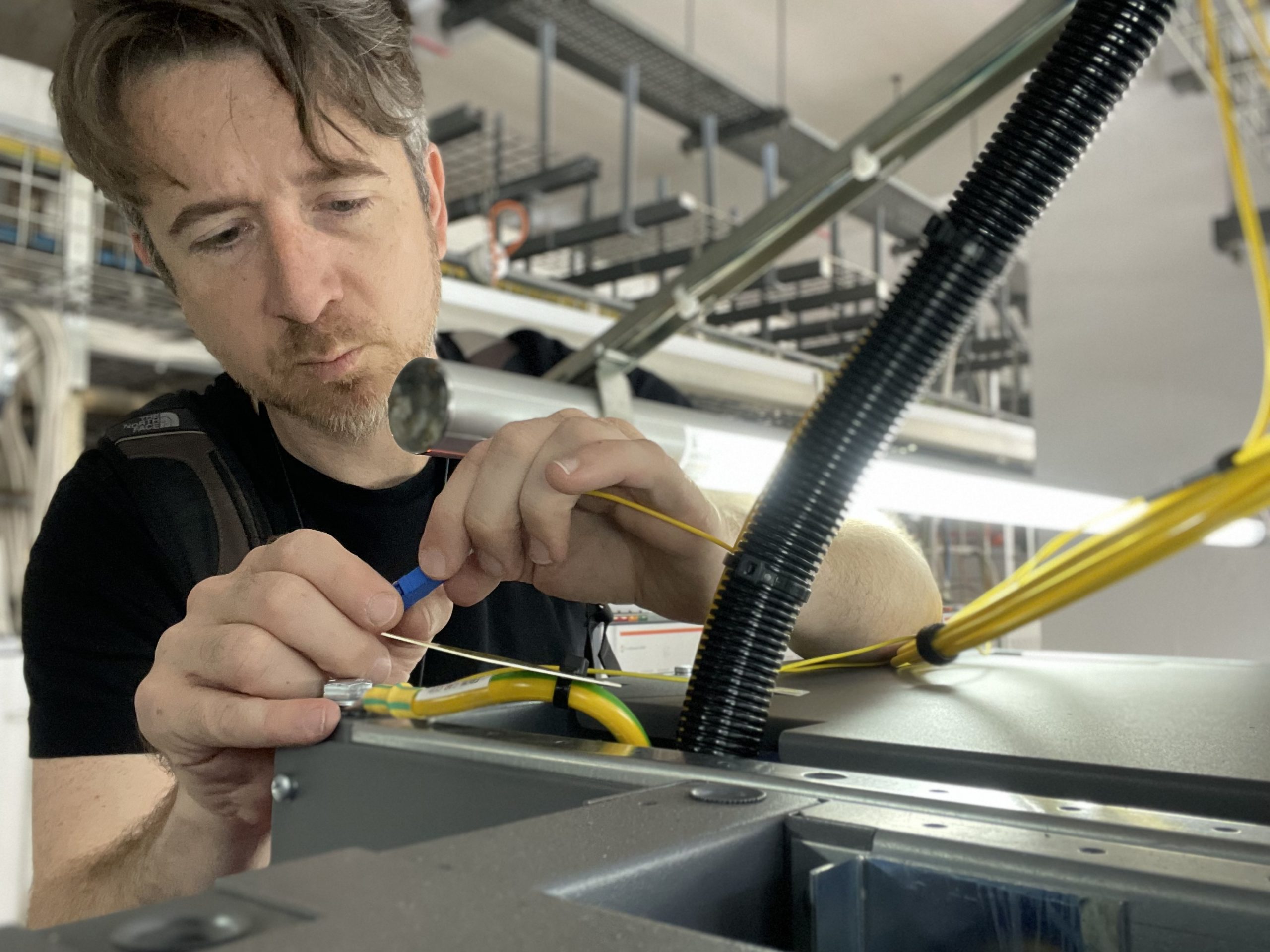
Feeling Ropey
So I had racks in BT exchanges, lots of reels of fibre, and customers to connect. It was time to start rodding, roping and cabling to deliver this fibre into customer sites. The beauty of dark fibre is that it’s a single piece of glass from your network to your customer’s site, within which you can fit any amount of data.
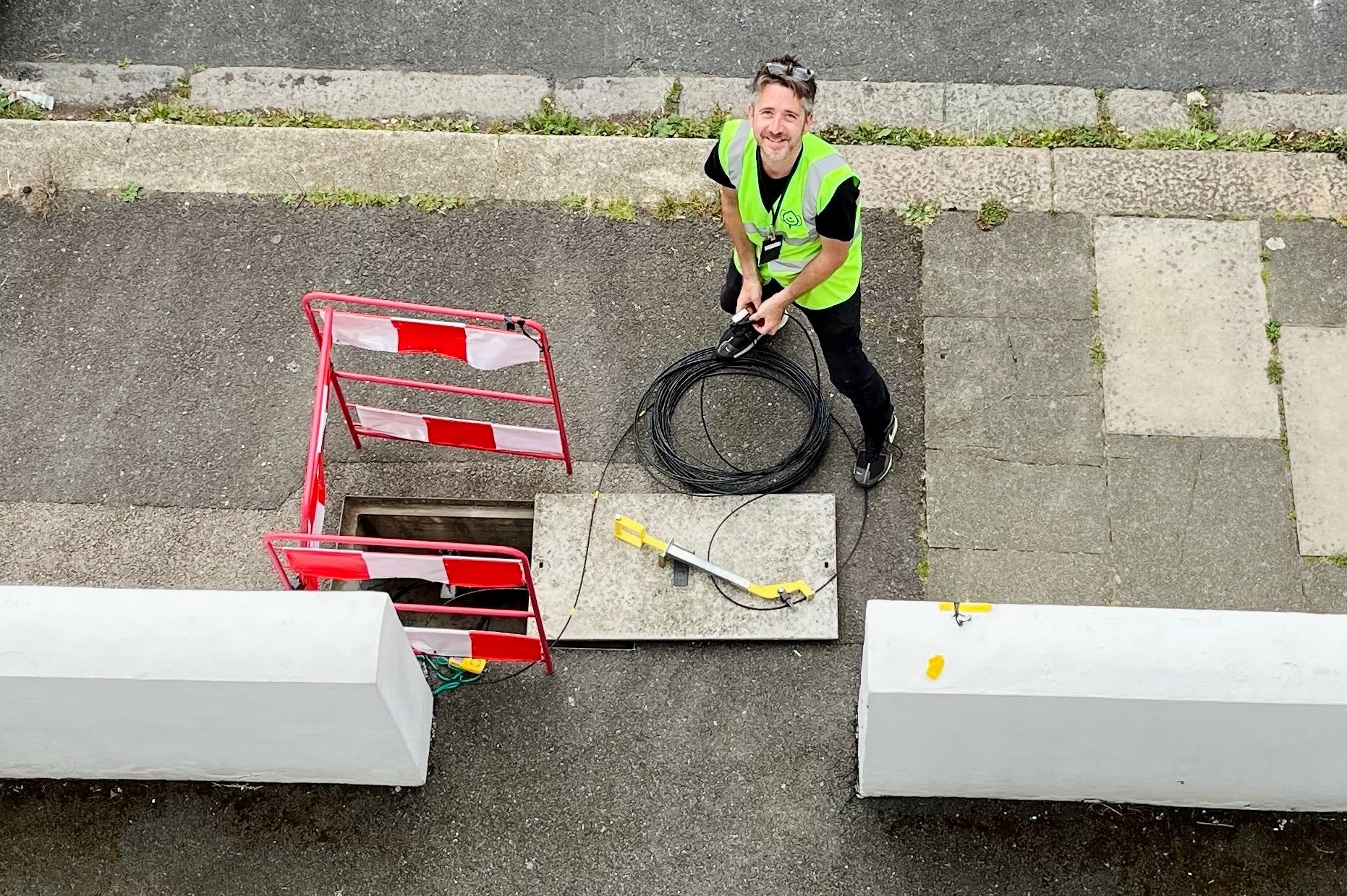
Finding our natural base
Now that I have built a network and some directly-connected dark fibre customers, it was time to roll out to some underserved areas. I focussed on one of the most connectivity-deprived streets of Brighton, Gardner Street. This street is particularly hard hit as there are coal cellars for every property which run under the highway, meaning the prevailing networks have not managed to lay cable underground due to insufficient depth to lay telecoms duct.
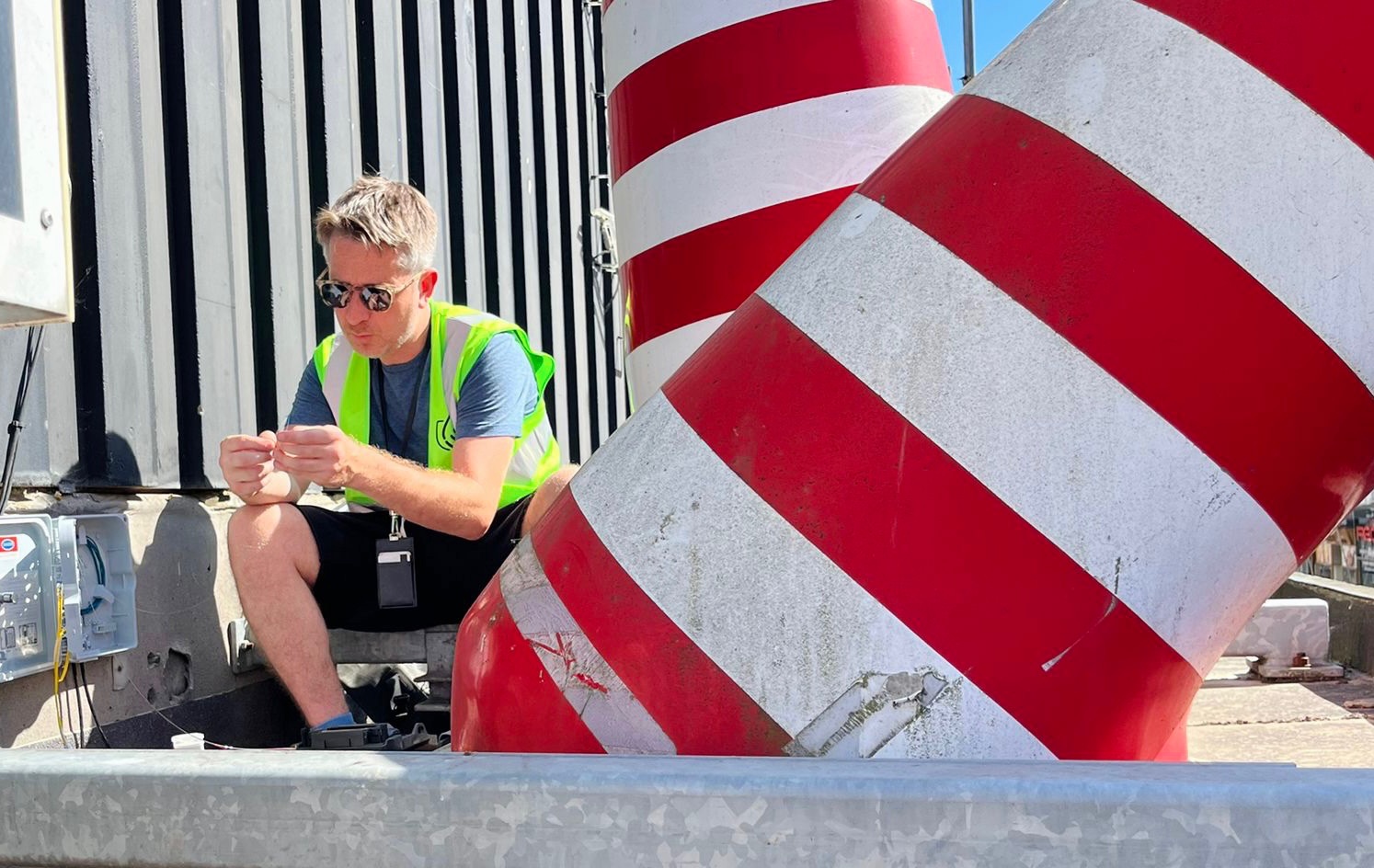
Taking it to Market
Once the model was tested and deployed, I worked with competitor Fairfibre to amalgamate our experience and customers and redefine the Brighton Fibre purpose. There was a lot of complementary assets; Fairfibre had the experience of physically connecting much larger numbers of customers, and Brighton Fibre had a working, multi-site core. We hope to expand the customer base to 3,000 subscribers by 2025.
